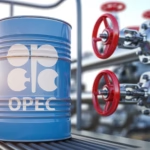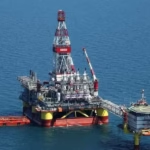Physical Address
304 North Cardinal St.
Dorchester Center, MA 02124

The oil and gas industry is undergoing one of the most transformative periods in its history. While traditionally defined by heavy machinery, rugged environments, and high-risk operations, the sector is now being reshaped by digital technologies particularly artificial intelligence (AI) and robotics. These innovations are not simply about reducing costs or optimizing processes; they are fundamentally redefining how exploration and production activities balance efficiency and safety.
With energy companies under growing pressure to reduce emissions, cut costs, and improve worker safety, AI and robotics have become strategic assets. From predictive drilling algorithms to autonomous inspection drones, the combination of smart data systems and advanced machines is enabling oil companies to push the boundaries of what is possible while simultaneously minimizing human exposure to dangerous conditions.
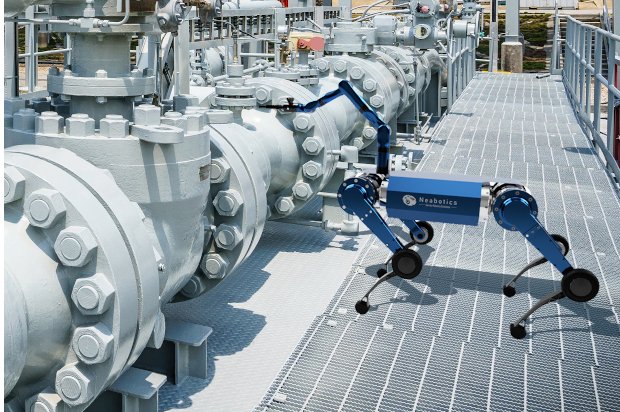
AI and robotics are not futuristic add-ons to the oil industry, they are central to its survival in a world where cost pressures, safety concerns, and environmental standards are only increasing. The fusion of efficiency and safety is what makes these technologies indispensable. For companies willing to invest, the payoff includes lower costs, higher productivity, fewer accidents, and a stronger ESG profile.
AI has revolutionized the way geoscientists interpret seismic data. Machine learning algorithms can analyze terabytes of subsurface imaging faster than human teams, identifying drilling sweet spots with greater accuracy. This reduces the number of “dry wells” and improves exploration success rates.
Seismic interpretation with neural networks accelerates reservoir discovery.
AI-driven modeling integrates geological, geophysical, and historical well data.
Outcome: Shorter exploration cycles and improved return on investment.
Drilling is one of the costliest and riskiest parts of exploration. AI-powered systems can monitor drilling parameters in real-time, adjusting bit rotation speed, weight on bit, and mud flow to optimize performance.
Benefits: Lower drilling costs, reduced non-productive time (NPT), and safer operations.
Example: BP and Schlumberger have deployed AI-based predictive maintenance to anticipate equipment failures before they happen.
Robotics are increasingly deployed in offshore platforms, where human risk exposure is highest. Autonomous underwater vehicles (AUVs) and remotely operated vehicles (ROVs) are used to inspect subsea pipelines, platforms, and wellheads.
Tasks: Leak detection, corrosion monitoring, valve operation.
Advantage: Minimizes costly shutdowns while improving safety.
Drones equipped with high-resolution cameras and thermal sensors are replacing traditional helicopter and rope-access inspections.
Use Cases: Flare stack inspections, pipeline surveillance, spill detection.
Efficiency Gains: A job that once took weeks and put workers at risk of falls can now be done in hours with zero human exposure.
Robots equipped with mobility features are being used for patrolling, valve checks, and hazardous-area inspections. Companies like TotalEnergies and Equinor are trialing robotic “dogs” for routine monitoring of onshore fields.
| Technology | Application | Efficiency Gain (%) | Example |
|---|---|---|---|
| AI seismic analysis | Exploration mapping | 30–40% faster | ExxonMobil AI labs |
| Predictive drilling | Drilling optimization | 20–25% cost saving | BP, Schlumberger |
| Drones | Aerial inspections | 70% faster | Shell flare stack checks |
| AUVs/ROVs | Subsea inspections | 50% fewer shutdowns | Equinor subsea ops |
| Robotics patrols | Onshore monitoring | 35% labor efficiency | TotalEnergies trials |

Safety has historically been the greatest challenge in oil and gas exploration. Robotics and AI directly address this issue.
Reduced Human Exposure: Robots perform inspections in confined spaces, underwater, or at dangerous heights.
AI-Driven Monitoring: Predictive analytics identify early signs of equipment failure, reducing blowout risks.
Crisis Response: Autonomous drones can rapidly assess oil spill areas or structural damage after accidents.
While robotics and AI require significant upfront investment, their long-term benefits far outweigh costs.
| Factor | Traditional Operations | With AI/Robotics | Benefit |
|---|---|---|---|
| Exploration costs | $25–30M per well | $18–22M | 20–25% savings |
| Inspection downtime | 2–3 weeks per task | 1–2 days | 85% time saved |
| Worker accident costs | High | Reduced by ~40% | Safety + insurance savings |
| Data processing | Months | Days | Faster decision-making |
Oil companies face increasing scrutiny from regulators, investors, and the public. AI and robotics offer ESG-friendly solutions:
Reduced emissions: Optimized drilling reduces fuel consumption.
Leak prevention: Faster detection of methane leaks with drones.
Lower waste: AI reduces unnecessary drilling attempts.
By aligning efficiency with environmental performance, these technologies help firms maintain social license to operate.
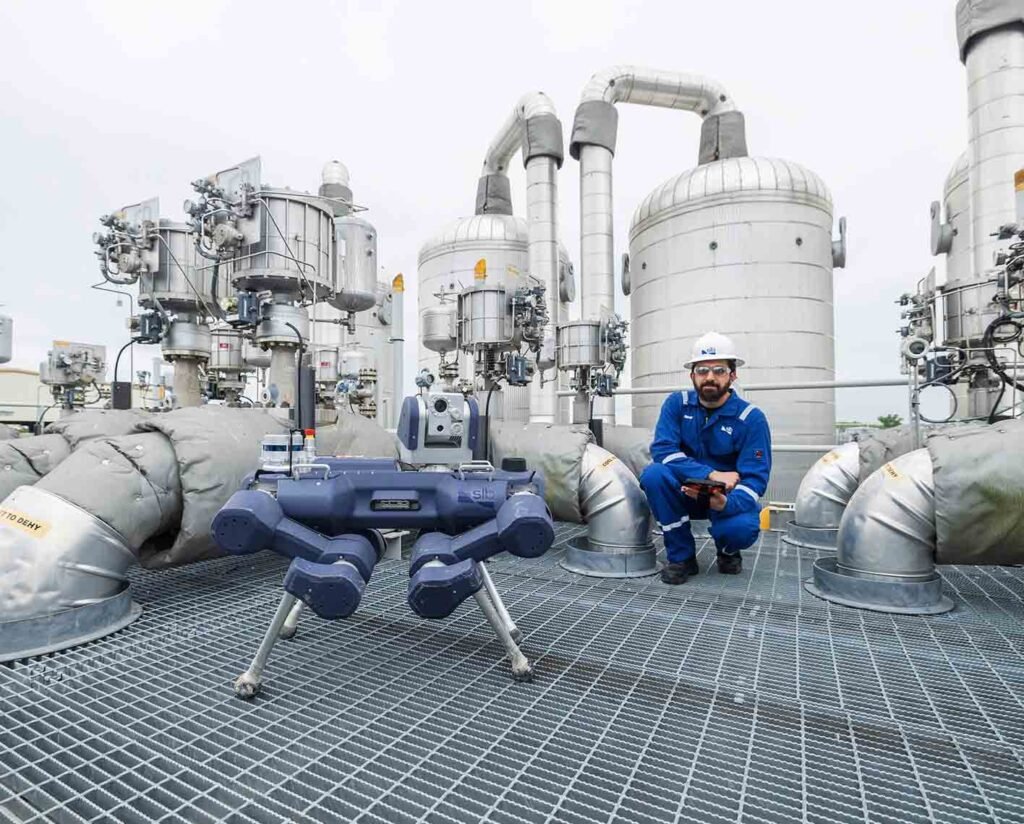
The next decade will likely see greater autonomy in oilfield operations.
Digital twins: AI-driven replicas of oilfields to test scenarios virtually.
Fully autonomous rigs: AI may one day manage drilling with minimal human oversight.
Robotic fleets: Offshore and onshore, swarms of robots performing simultaneous tasks.
Cross-sector innovation: Technologies from defense, aerospace, and space exploration will flow into oil and gas robotics.
AI and robotics are not futuristic add-ons to the oil industry, they are central to its survival in a world where cost pressures, safety concerns, and environmental standards are only increasing. The fusion of efficiency and safety is what makes these technologies indispensable. For companies willing to invest, the payoff includes lower costs, higher productivity, fewer accidents, and a stronger ESG profile.
In essence, AI and robotics are turning oil exploration into a smarter, safer, and more sustainable industry.
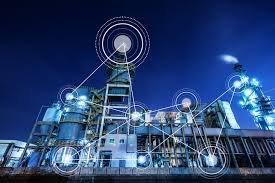
The invasion of Ukraine in February 2022 triggered a collapse in trust. Russia cut pipeline flows, culminating in the sabotage of Nord Stream pipelines in September 2022 (BBC).
Europe scrambled to secure alternatives:
Gas prices spiked to record highs of over €300/MWh (IEA).
Governments rolled out emergency subsidies and rationing measures.
LNG imports soared, reshaping trade flows.
The crisis underscored how pipeline dependence can become a geopolitical weapon.
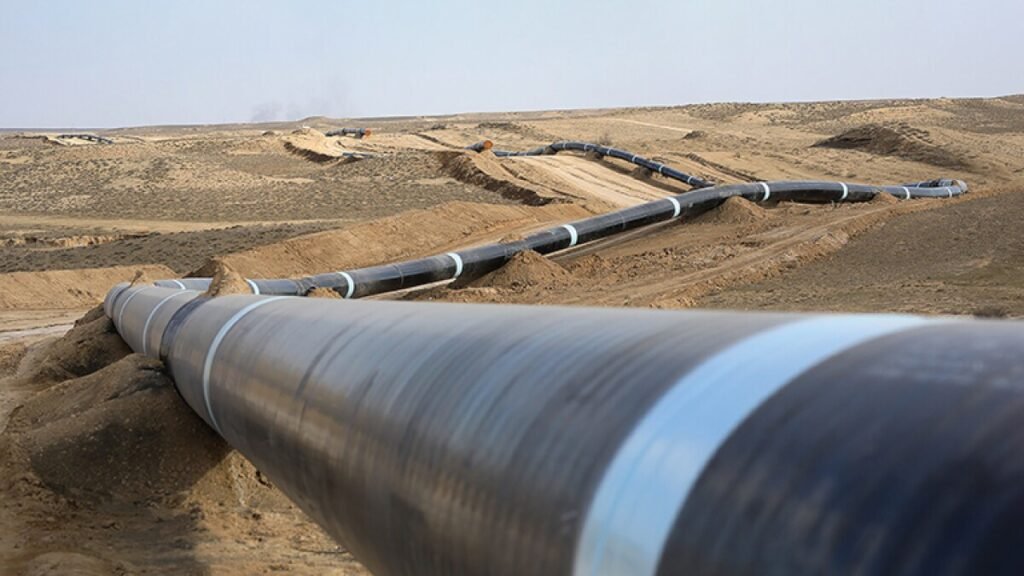
Europe’s diversification is not just about LNG new pipeline corridors are changing the map of energy flows.
Southern Gas Corridor: Delivers Caspian gas from Azerbaijan via the Trans Adriatic Pipeline (TAP) into Italy (TAP AG).
Norwegian Pipelines: Norway increased exports to Europe, becoming its top pipeline supplier in 2023 (Norwegian Petroleum Directorate).
Baltic Pipe: Connects Norwegian gas fields with Poland, reducing reliance on Russia (Baltic Pipe Project).
EastMed Pipeline (planned): A proposed route to bring gas from Israel and Cyprus to Europe.
These projects reflect Europe’s determination to spread risk across multiple suppliers.


